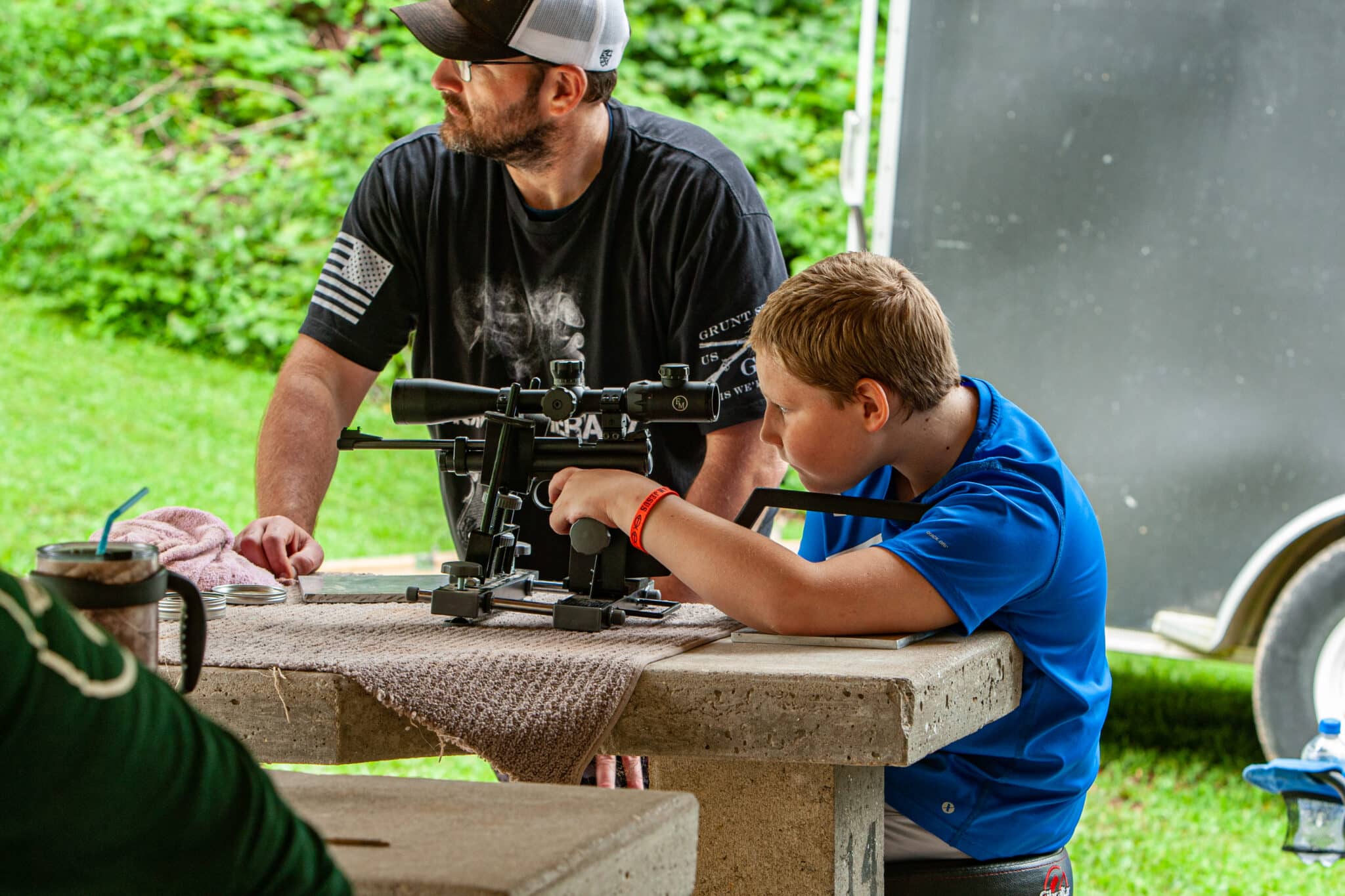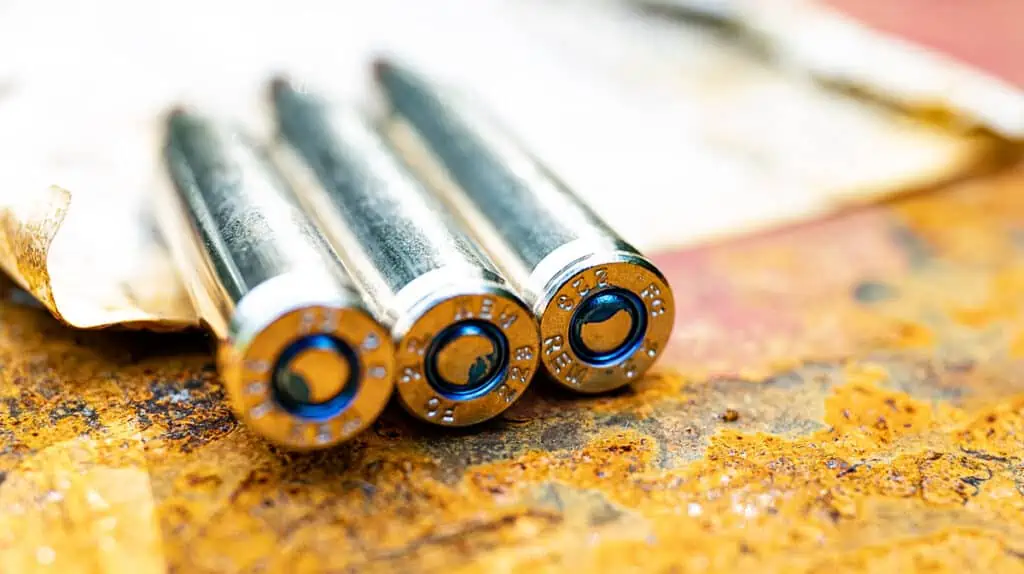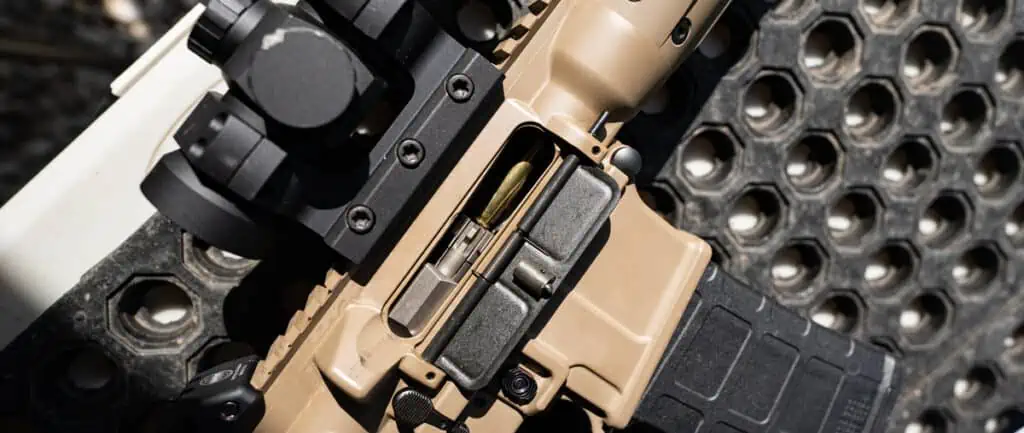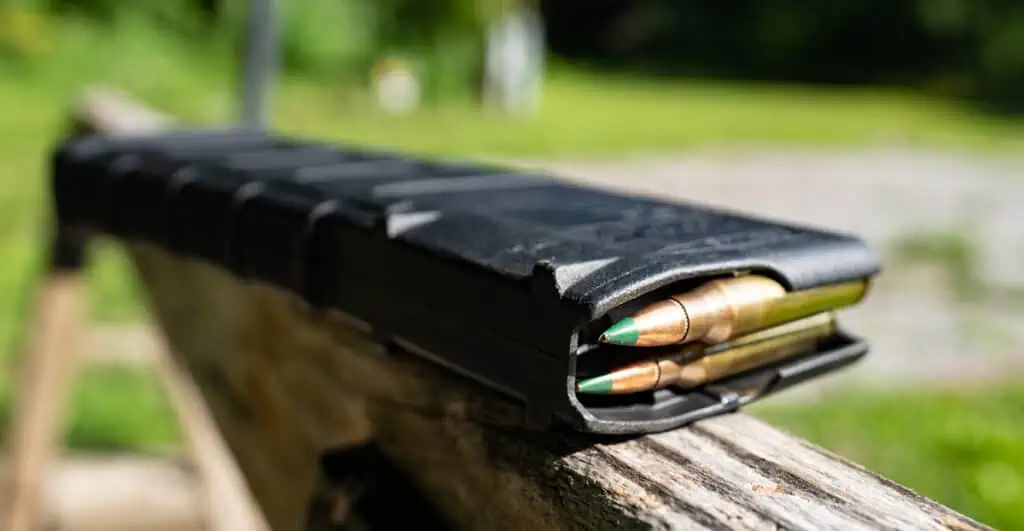223 vs. 5.56 – Are They The Same Thing?
Posted by Eric | Jul 26, 2023
Let’s dive right in: 223 vs. 5.56. What’s the difference and are they interchangeable?
No, they aren’t the same and they aren’t exactly interchangeable either.
If a firearm is chambered for 5.56x45mm NATO, then it can also safely fire 223 Remington ammunition. However, the opposite is not true: if a firearm is chambered for 223 Rem, it cannot safely fire 5.56x45mm.
Why is that?
5.56 and 223 Are Not the Same Cartridge
If you placed a 5.56×45 and a 223 cartridge side by side, you would only be able to tell the two apart by looking at their headstamps (i.e. the bottom of the case, where it would say “5.56” or “223”). This is because the 5.56 and 223 share virtually identical exterior dimensions.
| 223 Rem | 5.56×45 | |
|---|---|---|
| Parent case | 222 Rem | 223 Rem |
| Case type | Rimless, bottleneck | Rimless, bottleneck |
| Bullet diameter | 0.224 in | 0.224 in |
| Neck diameter | 0.253 in | 0.253 in |
| Base diameter | 0.376 in | 0.377 in |
| Rim diameter | 0.378 in | 0.378 in |
| Case length | 1.760 in | 1.760 in |
| Overall length | 2.260 in | 2.260 in |
Now’s a good time to remember what unattractive people say to make themselves feel better: it’s what’s on the inside that counts. Although the 5.56 and 223 appear to be identical, they are not loaded with the same amount of propellant. The 5.56 contains approximately one more grain (~1/437.5 ounces) of propellant. As a result, the 5.56 generates a chamber pressure of approximately 62,000 psi. In contrast, the SAAMI maximum pressure for the 223 is 55,000 psi.
In other words, the 5.56 makes a stronger explosion than the 223 upon ignition. A firearm that is specifically chambered for 223 is not designed to contain the power of a 5.56 cartridge. In all fairness, the difference between the two cartridges is relatively small. Firing 5.56 in a 223 firearm may not cause an explosion that will injure the shooter or destroy the firearm. That said, both of those outcomes are entirely possible. We strongly advise against firing 5.56 in a 223 firearm for that reason.
5.56 and 223 Are Not Designed for the Same Chamber, Either
If a firearm is chambered for 5.56, its leade (the distance between the mouth of the cartridge and the point at which the rifling engages the bullet) is 0.125” longer than the leade of a firearm that is chambered for 223. One additional eighth of an inch isn’t much, but it does enable the firearm to safely contain the 5.56’s greater pressure.
A 5.56 firearm can safely fire 223 ammunition with satisfactory accuracy. However, its chamber’s slightly different geometry means that it will not supply the best accuracy a 223 cartridge is capable of delivering. If you are just casually dumping magazines into range targets, this shortcoming will not make itself evident. But if you are firing at long-range targets, you may note subpar accuracy. Still, the differences are small enough we list our 223 ammo for sale side by side with 5.56 ammo on our website.
The solution to this problem has already been created: the 223 Wylde chamber, which combines the leade angle of the 5.56 cartridge with the 223’s 0.224” diameter freebore. A firearm chambered for 223 Wylde delivers optimal accuracy regardless of whether it is firing 5.56 or 223. Modifying an AR for 223 Wylde is as simple as swapping out its barrel, as the barrel comprises both the leade and the freebore (the two portions of the chamber which immediately precede the bore).
In Summary
Although the 223 and 5.56 share virtually identical external dimensions, the latter cartridge is loaded to produce a slightly higher chamber pressure. A rifle chambered for 5.56 will safely fire 223 with satisfactory accuracy; a rifle chambered for 223 may burst and injure the shooter if it fires 5.56.








